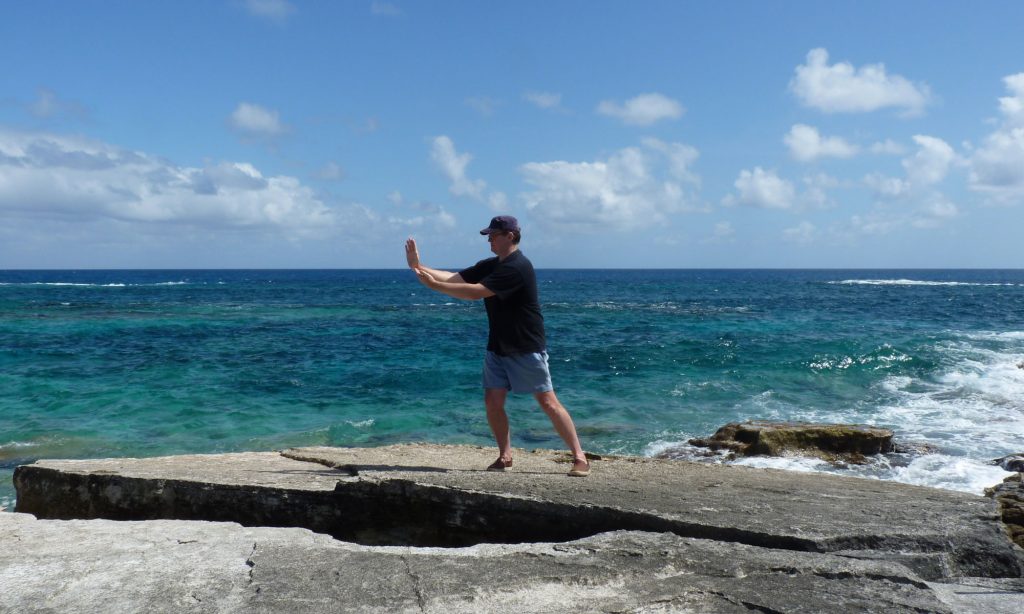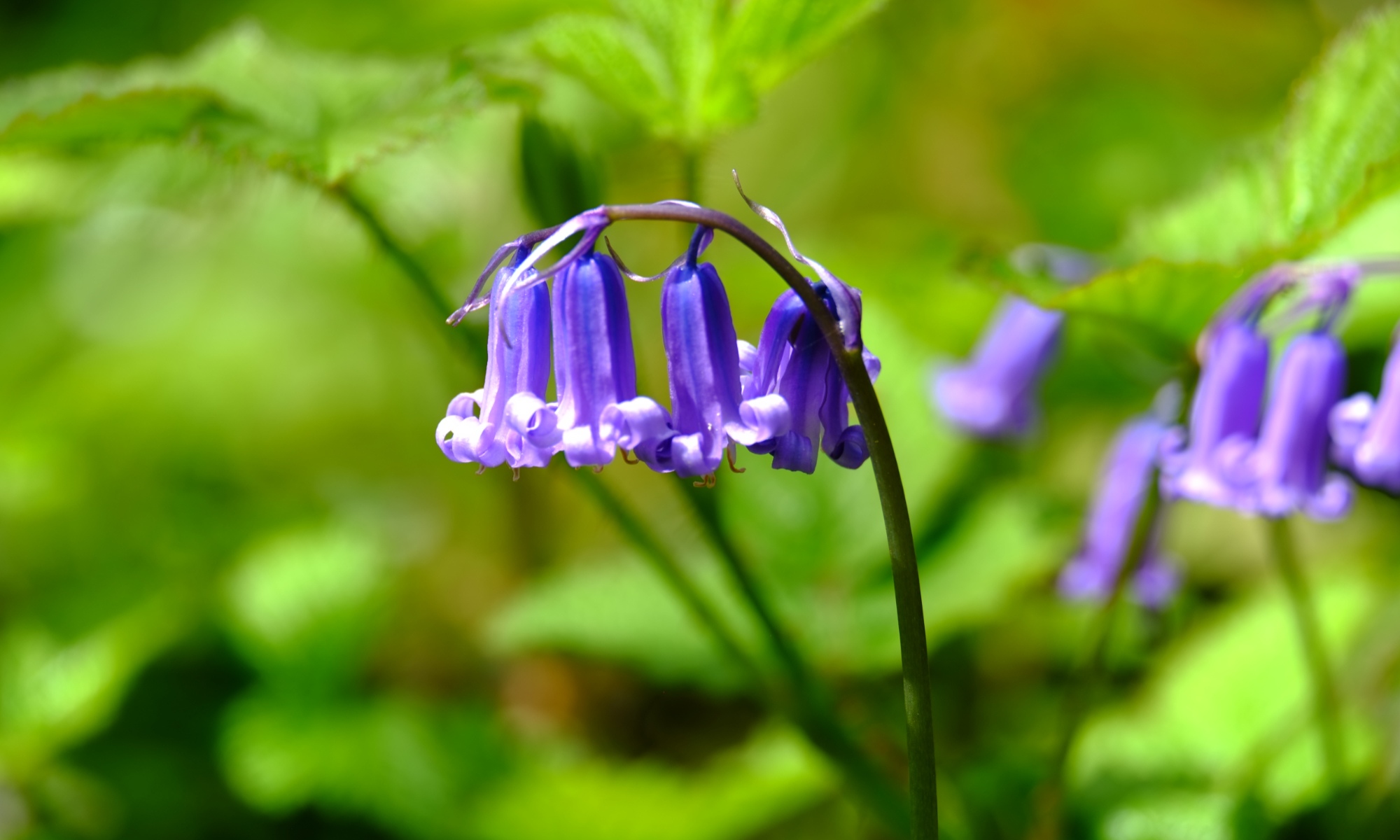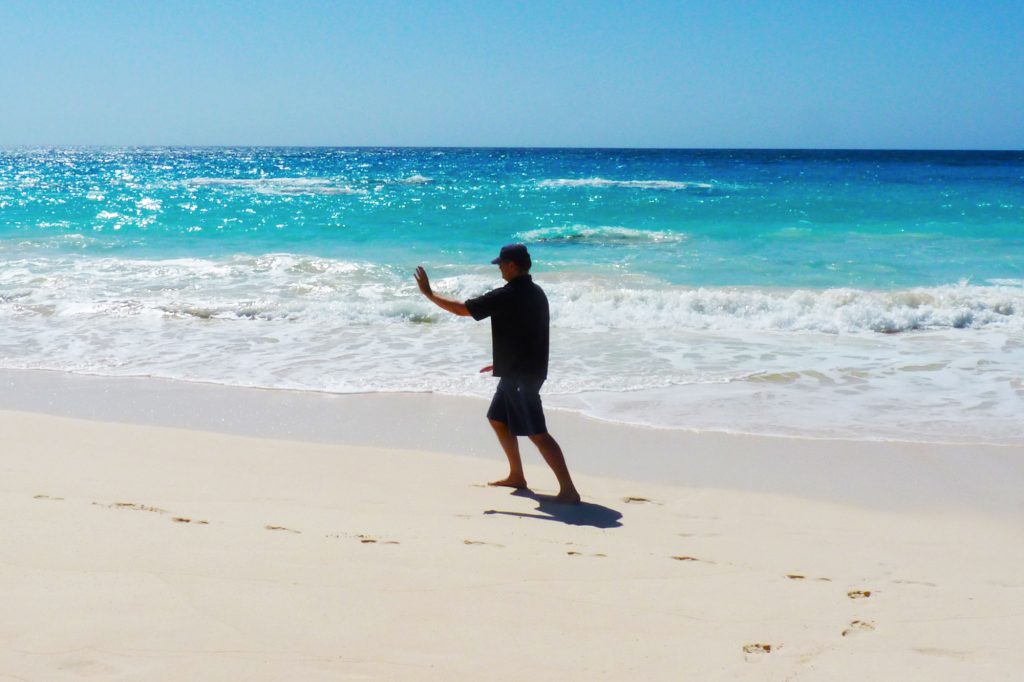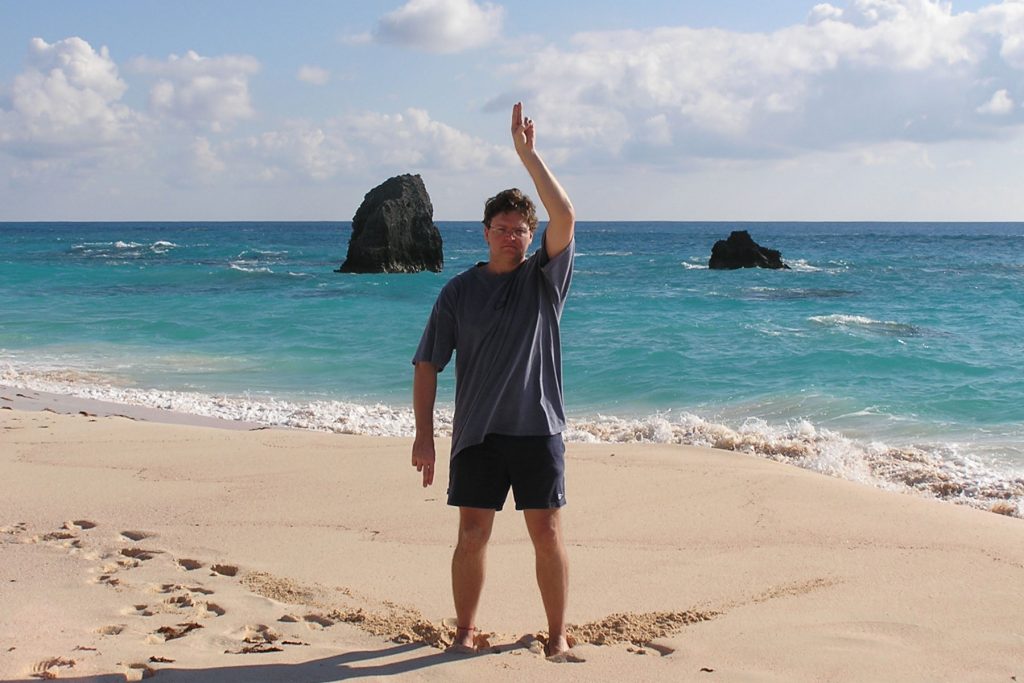
The Long Form of Liu Hongjie
The Wu Style Tai Chi Long Form contains the full internal development of Tai Chi – all of the 16 components of neigong. It takes twenty to thirty minutes to complete.
B. K. Frantzis learned this form from his Daoist lineage master, Liu Hongjie. Liu lived and studied with Wu Jianquan, founder of the Wu Style, who made him a lineage disciple.
The Liu Form
What makes this form different to others, including other Wu Styles, is that Liu transformed his Tai Chi practice into an authentic vehicle for Daoist Meditation. Although Tai Chi is often described as a form of moving meditation, genuine meditation was never practised in traditional Chen, Yang or Wu Tai Chi. Many people confuse the ability of all well-designed Tai Chi forms to promote relaxation and manage physical stress with actual meditation.
Liu Hongjie spent his life in the study and practice of meditation, Buddhist and Daoist. After being declared enlightened within the Tien Tai Buddhist school, Liu spent a decade in the mountains of Western China living and studying with Daoist masters. There he became the head of an important Daoist lineage and was recognised as a Daoist Immortal.
While in the mountains (Qingcheng Shan), Liu learned long moving neigong forms. Some of these were similar in many respects to Tai Chi forms. These ancient Daoist long forms were designed as vessels for moving meditation, technically known as ‘shengong’ (‘spirit gong’). Having learned the specific energetic and meditation methods within them, Liu altered his Wu Style form to make it completely consistent with the energetic and meditation parameters of the Daoist long shengong forms.
In short, this form is, as Bruce once said to me, a piece of magic.
The Age of Anxiety
Unlike previous ages when the threat of physical violence was much more common, ours is an age of anxiety and distraction, where most people are under far more emotional and mental strain. This is why our focus in Daoist Internal Arts is primarily on health: firstly physical, but increasingly emotional and mental. This is where Liu Hongjie’s Wu Style plays such a vital role. For as well as being a superb healing form, it has specific methods for managing emotional and mental stress.
“What good does it do you to have lots of material things if your mind and body are constantly miserable? This is the case for many of us much of the time.
If Taijiquan can simply help you slow down and enjoy the life you are living more, then that is benefit enough. I have also seen that down the road, after a lot of practise, Taijiquan has very real spiritual benefits provided that a person has a really sincere interest in meditation.
In China, I have only ever heard of two traditions regarding Taijiquan, and addressing what Taijiquan is.
One tradition says that Taijiquan is a superlative martial art that uses Daoist energy practices and strategies as the support base to develop power and fighting skills, with the secondary benefits of good health and calmness of mind.
The other tradition considers Taijiquan to be a Daoist body practice, which is the support base for strengthening and healing the body so as to be able to learn meditation correctly, with the secondary benefit of self-defense ability.
When l was younger, I was interested in the former tradition. As I have gotten older, I have become more interested in the latter.”
(B.K. Frantzis, ‘Martial Arts Odyssey: Fact vs. Fiction’, T’ai Chi Magazine Vol. 11, No. 3, June 1987, pp.7-8.)
The Long Form Project
This project is an extended series of workshops and retreats that started in October 2022. It is open to anyone who wishes to learn, or refine the Long Form.
Recommended reading
Frantzis, B. K., The Power of the Internal Martial Arts (Berkeley: North Atlantic Books, 1998).
Frantzis, B. K., Tai Chi: Health For Life (Berkeley: Frog Ltd., 2006).
Frantzis, B.K., Opening the Energy Gates of Your Body, 2nd edition (Berkeley: Blue Snake Books, 2006).



